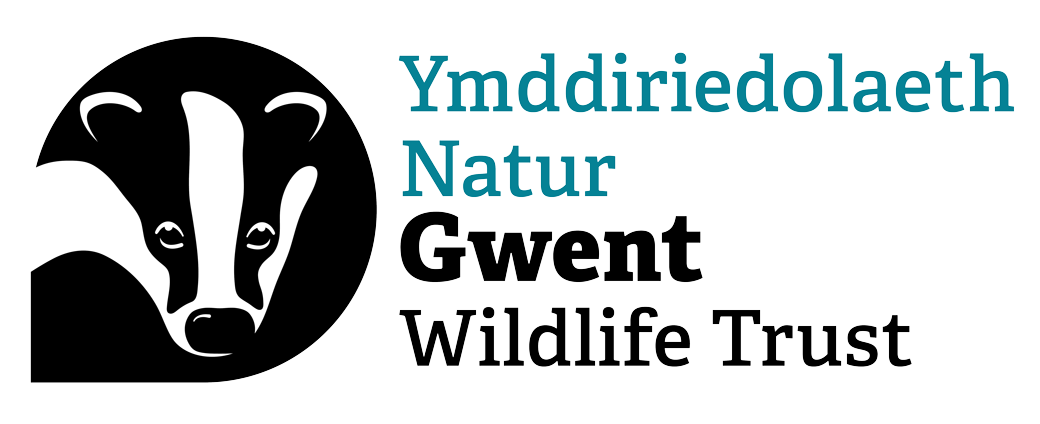Effects of the recent flooding of the River Monnow on Wildlife
The heavy rainfall and subsequent flooding of the River Monnow on the 15th of November have caused major disruption to people across the Monmouth area. Our thoughts and concern have been with…
